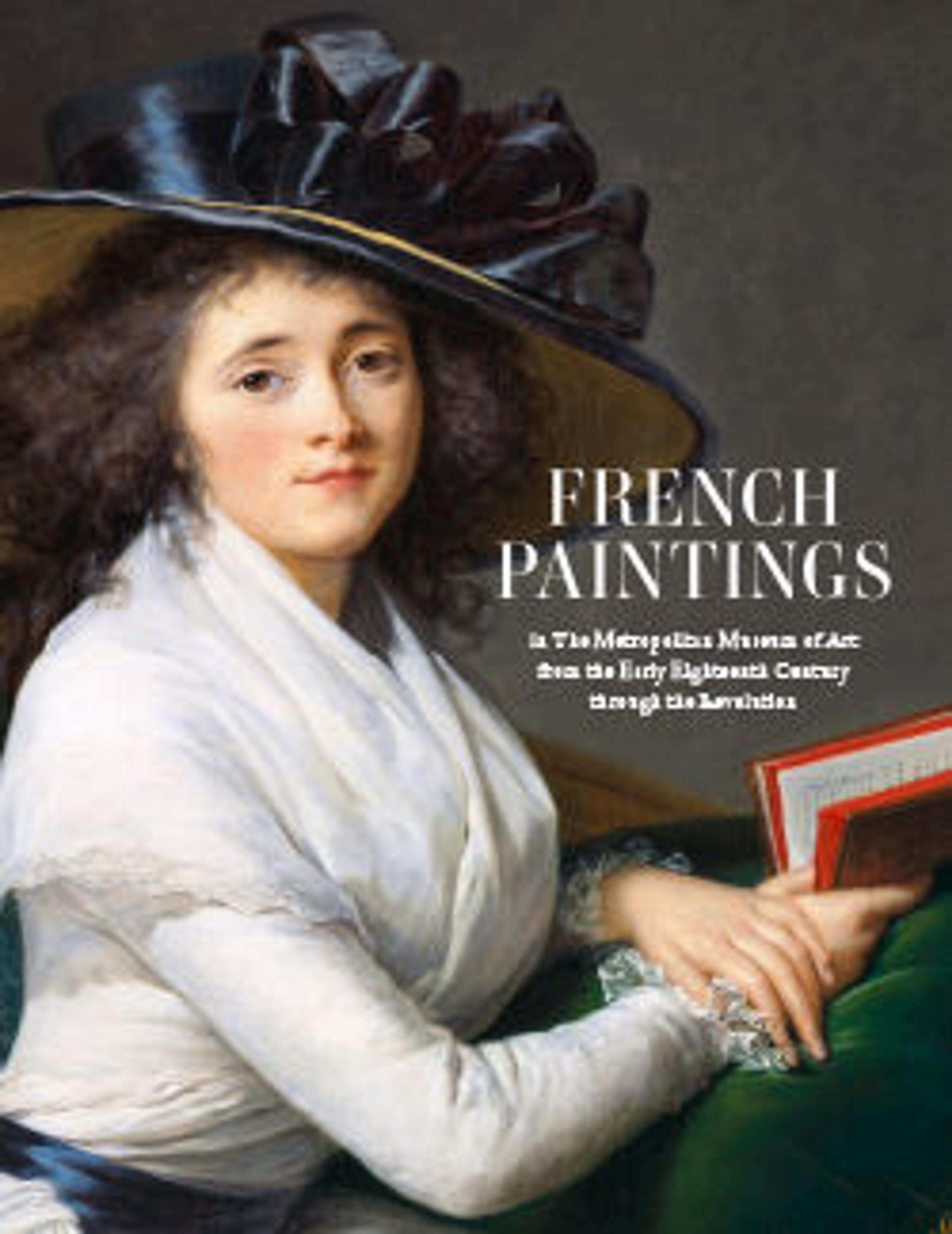Self-Portrait with a Harp
This work has been identified with a self-portrait that Mademoiselle Ducreux exhibited at the Paris Salon of 1791. The sitter's graceful pose and the sumptuous fabrics were admired by contemporary critics.
Artwork Details
- Title: Self-Portrait with a Harp
- Artist: Rose Adélaïde Ducreux (French, Paris 1761–1802 Santo Domingo)
- Date: 1791
- Medium: Oil on canvas
- Dimensions: 76 x 50 3/4 in. (193 x 128.9 cm)
- Classification: Paintings
- Credit Line: Bequest of Susan Dwight Bliss, 1966
- Object Number: 67.55.1
- Curatorial Department: European Paintings
More Artwork
Research Resources
The Met provides unparalleled resources for research and welcomes an international community of students and scholars. The Met's Open Access API is where creators and researchers can connect to the The Met collection. Open Access data and public domain images are available for unrestricted commercial and noncommercial use without permission or fee.
To request images under copyright and other restrictions, please use this Image Request form.
Feedback
We continue to research and examine historical and cultural context for objects in The Met collection. If you have comments or questions about this object record, please contact us using the form below. The Museum looks forward to receiving your comments.
